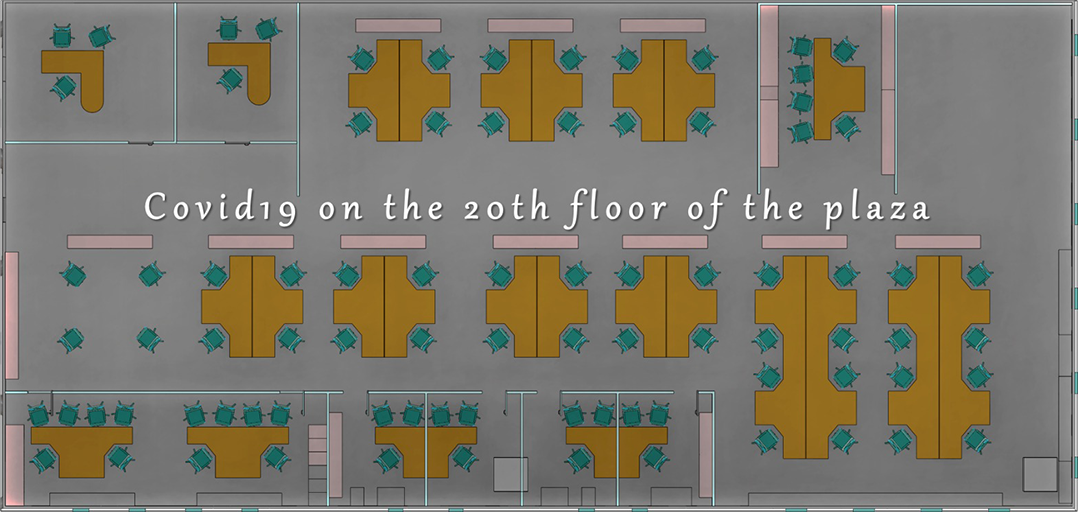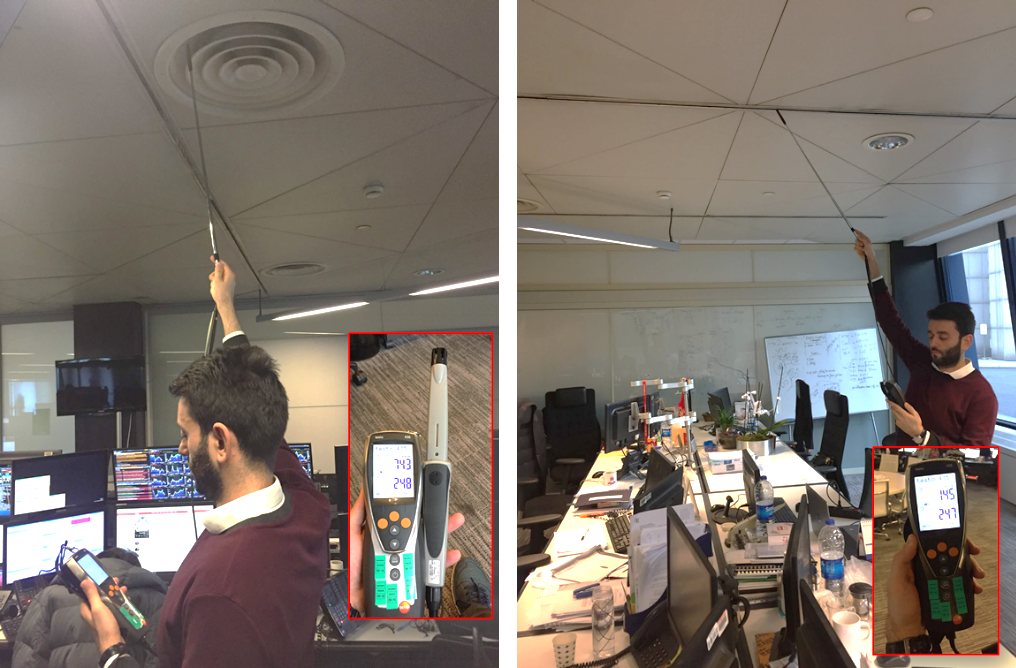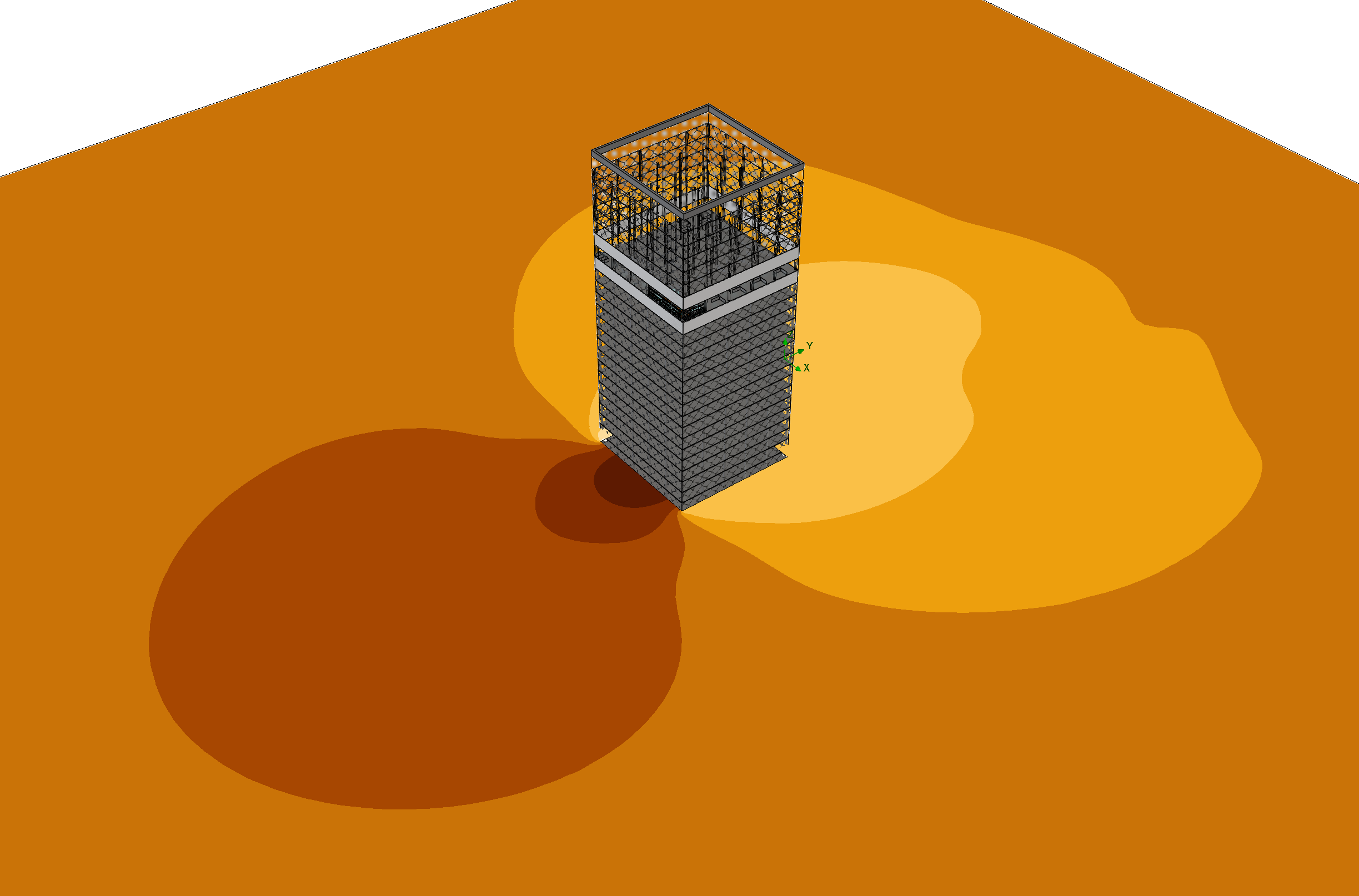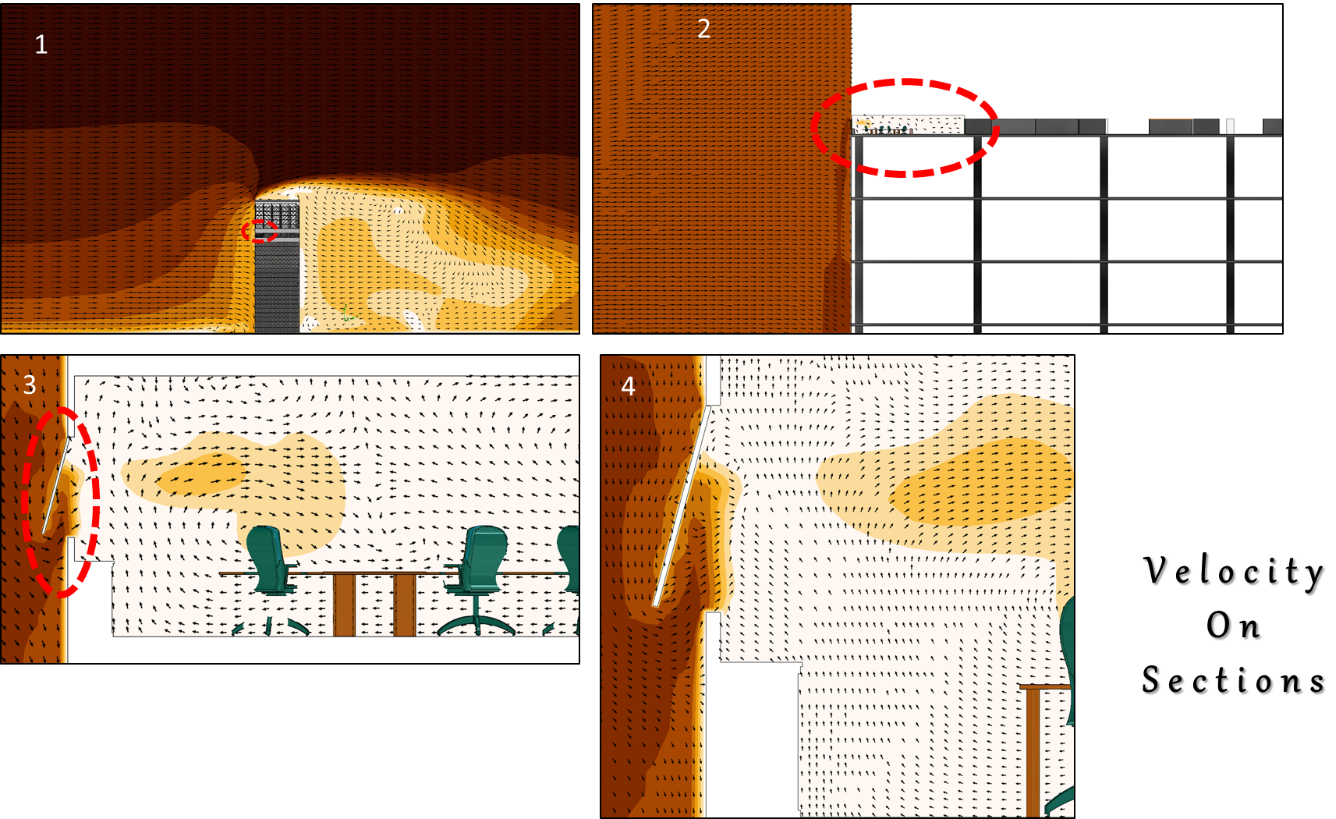
Indoor Air Quality and Covid-19
The issue we talk to our customers the most these days; making non-opening windows open in high-rise buildings and reducing the risk of Covid19 by taking advantage of natural ventilation.
During the pandemic period, the importance of ventilation is once again at the forefront for returning work to the offices. The way the virus spreads is only the habitual approach to droplet transport, and with the research of many scientists, it has been revealed that it has a serious potential for transmission when weak ventilation zones occur, as a result of its ability to hang in the air. In this case, after you mechanically ventilate the entire space, it seems an acceptable solution to start the system by supplying fresh air again or to allow air passage by opening the windows as much as possible.
As we know about ventilation, especially from operating room or clean room designs, the air supplied into the room through the orifices does not always complete its journey by changing in the same homogeneity in every region. While the circulation per hour is fast enough in some areas, in some regions it suffers a lot of pressure loss and aging. However, if we look at the ventilation design of an ordinary office, the system is operated at a much less qualified level compared to clean rooms. Although the employees will spend all their working hours here, initial investment costs, architecturally unsuitable culvert residential area, noise or unqualified designs can be listed. The teams that design the active ventilation system usually make decisions based on the standards and capacity calculation. While this preference ensures that the total air exchange is in accordance with the standard, it cannot ensure that it is the same in every region. For this reason, it is beneficial to test the design approaches of at least type spaces with CFD analysis studies.
In the spread of Covid19, the movement of air is as important as how much time you spend in the area containing the virus. For example, the effect of the virus you are exposed to in the elevator is lower than the effect of the virus you are exposed to all day in the office environment. For this reason, social distance, not staying in the same office environment for too long and not having dead zones (insufficient ventilation) of the air in the work area are important.
The air breathing in the active system will unfortunately be the air that other occupants also breathe. The ventilation system designed for the removal of CO2 and other pollutants may not provide sufficient performance for exhaust of suspended particles.

An alternative system that can be applied in parallel with all these is natural ventilation. This passive system works on two basic principles. It is the air movements created by the wind pressure or the rising and moving of the heated air depending on the temperature. In this study, we neglect the heat exchange factor. The content we present in the study is about the analysis of the distribution of the air entering through the window and the pressure differences on the facade in different prevailing wind directions. If we transform the closed curtain wall into an open window;
- The form of your building,
- The form and density of other structures in the environment,
- Window opening ratios and
- Most importantly, you should decide by considering all the parameters for historical wind intensity and prevailing wind directions of the area where the building is located.

For example, for an old high-rise building for which design decisions have been made, structural stresses to be created by the wind load to be opened on the 20th floor should be reviewed. With the determination of the openness rates related to this, how many days of the year “the demanded air circulation will be provided in the interior environment” this situation should also be examined. Taking the outdoor air directly into the interior by opening the windows may be an advantage during the cooling periods, but this will cause serious disadvantages during the heating periods. Especially in terms of energy consumption, the issue is even more troublesome in designs that are leak-free and constantly air conditioning. Risk reduction measures parallel to ventilation;
- Rearranging the furniture in order to prevent the presence of extra users in the same airflow space,
- Designing new seating arrangements, such as back-to-back work instead of face to face in a workshop,
- Limiting the number of people allowed in a room,
- It may be to replace hand dryers with paper towels to reduce air turbulence.
In ventilation, locking the fans in a way that minimizes temperature changes in order to prevent the HVAC system from generating as little turbulence as possible can be a factor in reducing the risk. What to do when the outside wind when you open the window carries the air your friend breathe, which is positive but does not show symptom, towards you?
In this case, it will be important to sit at the point with the highest air circulation according to the parameters that affect the natural ventilation listed above in the space you are in. Otherwise, spending 8 hours in the aged air, where both low air circulation and pollutants wait more, has a much higher risk for you.


Covid-positive cases spent time in a food restaurant, and then the dirty air that this restaurant discharged from the outside without filtering entered the air intake vents of the adjacent office and the office workers were also sick… You may think that we created a bad scenario, but this situation happened. We will try to cover this topic in the next blog post.



